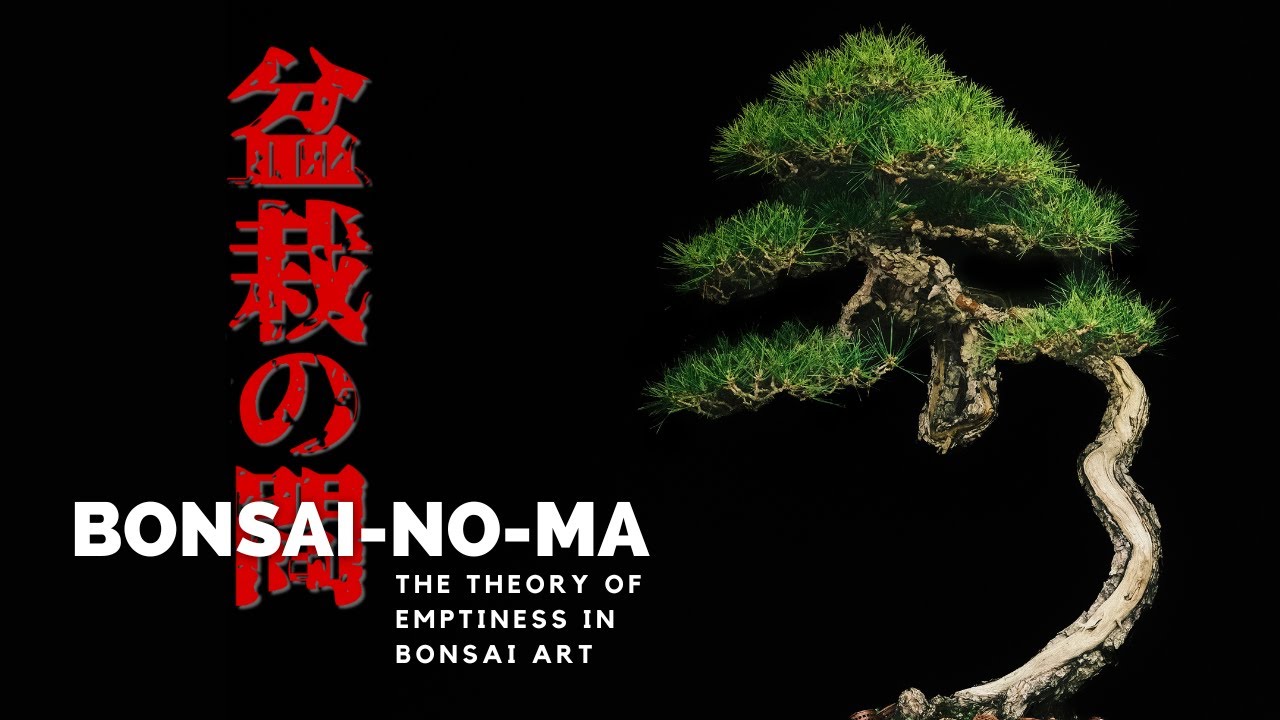We allow advertising on this website to support the blog. Some of content on this website was created with the help of AI.
In this first installment of our Bonsai-NO-MA series, we delve into the fascinating world of the Philosophy of Emptiness in Bonsai Art.
Introduction
Ah, the world of bonsai art. It’s a unique realm where horticulture, aesthetics, and philosophy intertwine to create miniature wonders that speak volumes about the balance between nature and human touch. Join us on a journey through the intricate world of bonsai as we delve into the essence of “ma,” the philosophy of emptiness that breathes life into these tiny trees.
Unpacking Bonsai: A Miniature World of Harmony
In bonsai, we are not merely cultivating trees; we are crafting living artworks that encapsulate the beauty and tranquility of nature in a restricted space. The art of bonsai revolves around achieving a delicate equilibrium between the tree and its surroundings, capturing the essence of a full-grown tree in a pint-sized package.
The Art of Balance: Harmonizing Nature and Nurture
Bonsai artists strive to create compositions that exude harmony and balance, mirroring the asymmetry and imperfections found in nature. By embracing these natural elements, bonsai transcends mere botanical art to become a reflection of life’s inherent beauty and unpredictability.
Pruning and Wiring: Shaping Nature’s Canvas
Pruning and wiring are not just techniques in bonsai; they are the sculptor’s tools that reshape the tree, guiding its growth and form to fit the artist’s vision. Through these practices, bonsai artists breathe life into their creations, coaxing branches to reach towards the sun and roots to anchor firmly in the earth.
The Pot: A Vessel of Beauty and Function
Choosing the right pot for a bonsai tree is akin to selecting the perfect frame for a masterpiece. The pot not only complements the tree’s aesthetics but also plays a crucial role in its growth and development, ensuring that the tree thrives while maintaining its desired proportions.
Embracing Philosophical Roots: Wabi-Sabi and Zen Buddhism
It’s impossible to talk about bonsai without delving into the profound impact of Japanese philosophy on this art form. Concepts like wabi-sabi, with its celebration of imperfection, and Zen Buddhism, with its focus on mindfulness and tranquility, infuse bonsai art with a sense of contemplation and serenity.
The Essence of “Ma”: Embracing the Spaces In Between
At the heart of bonsai’s philosophy lies the concept of “ma,” the emptiness or space that breathes life into the composition. More than just a physical gap, “ma” embodies the profound understanding of space and time, inviting viewers to contemplate the relationship between objects and the emptiness that surrounds them.
Ma in Japanese Culture: A Tapestry of Interconnectedness
From traditional arts like ikebana and calligraphy to architectural marvels by visionaries like Tadao Ando, Japanese culture reverberates with the essence of “ma.” Through simplicity, natural light, and a keen awareness of negative space, these art forms embody the harmonious interplay of objects and spaces, fostering contemplation and engagement.
Conclusion
As we conclude our exploration of the philosophy of emptiness in bonsai art, we invite you to gaze upon these miniature marvels with fresh eyes. In the intricate dance of space and form, bonsai whispers a timeless tale of harmony, imperfection, and the beauty of embracing the emptiness within us.
FAQs
- What is the significance of “ma” in bonsai art?
- How do bonsai artists achieve asymmetry and balance in their compositions?
- Why is the choice of pot crucial in bonsai cultivation?
- How do Japanese philosophical concepts influence bonsai aesthetics?
- What role do pruning and wiring play in shaping a bonsai tree?



